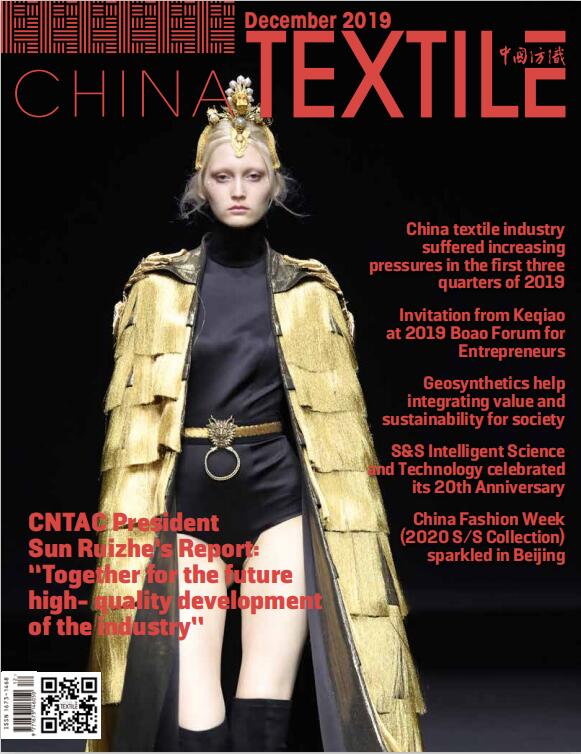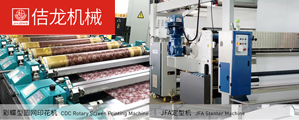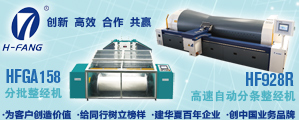A survey of 32 textile machinery enterprises
Apr 16, 2019 | by CT
China Textile Machinery Association recently visited 32 textile machinery enterprises in China. It also made a detailed understanding of the difficulties and problems encountered in the operation of the enterprises. It provided a practical basis for the analysis of the operation of the industry and the current situation of the development of the industry.
The survey results show that the principals of domestic textile machinery enterprises pay more attention to the industry development and technological innovation, most enterprises are optimistic about the future development of enterprises. At the same time, due to the rising production costs, in response to market changes, textile enterprises have increased their efforts in technological and equipment transformation, which has also prompted textile machinery enterprises to continue to increase investment in intelligent manufacturing and research and development.
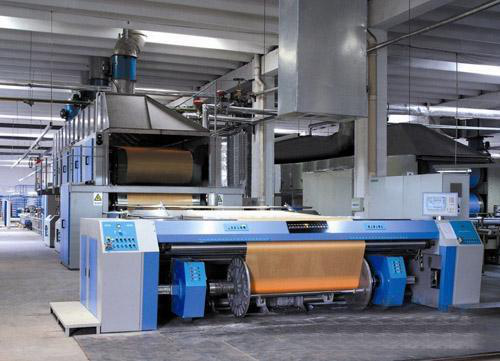
It can be predicted that in 2019, domestic textile machinery will continue to show the trend of intelligent, efficient, energy-saving and green environmental protection. Domestic textile machinery will make remarkable progress in reliability, numerical control degree, energy saving and appearance quality. In order to facilitate the management of textile mills, the application system based on Internet technology will have tremendous development space.
In order to meet the urgent needs of the downstream spinning industry to save labor and reduce the labor intensity of workers, spinning equipment enterprises continue to carry out technological innovation and upgrading, and overall maintain a stable development. With the market situation warming up, the beginning of this year is generally good, spinning machinery orders show a good growth in the first quarter.
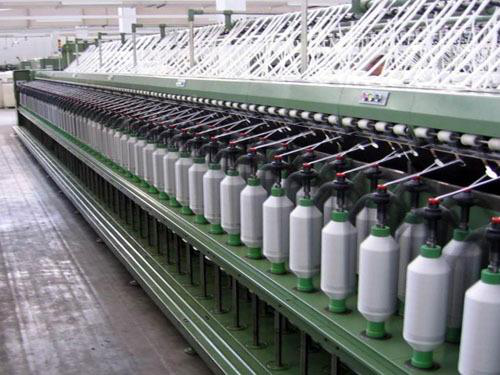
The development of weaving equipment enterprises is very fast, and the production has reached high standards and intellectualization. In recent years, both air-jet looms and water-jet looms are improving, and the demand for high-end water-jet looms will continue to increase. From the actual orders, in 2019, the enterprises of water- jet looms and air- jet looms are confident that they can maintain a certain growth, and the demand for high-end looms will continue to increase.
In 2018, the three main models of flat knitting machine, circular weft knitting machine and warp knitting machine show different performances, and there are also differences in the relevant machine subdivision areas: lace machine market needs to be restored; double needle bed warp knitting machine market overall performance is relatively stable; circular weft machine industry is stable; flat knitting machine market has fallen back. Warp knitting machine has become a bright spot of industry development in the exploration of downstream application and development.
Printing and dyeing machinery manufacturing enterprises generally reflect the good market operation in 2018. The main business income of some equipment manufacturing enterprises has increased considerably compared with 2017, and most enterprise leaders are optimistic about the market in 2019. Guangdong equipment manufacturing enterprises and user enterprises have a high level of production management. Most of their products are located in the high-end market with distinct product characteristics.
More and more chemical fiber enterprises pay attention to the development of production equipment to large capacity, refinement, high output, digitalization and intelligent control, high precision and reliability. While refining conventional products, they also pay attention to the development of equipment and complete engineering technology matching with special fiber technology, in order to achieve the goal of improving quality and efficiency, reducing consumption and reducing pollution.
Domestic nonwovens equipment manufacturing enterprises are working hard to meet market challenges. On the one hand, in pursuit of quality progress, through the application of intelligent and digital technology, they continue to increase technological innovation to promote product upgrading; on the other hand, some enterprises actively expand downstream industrial chain, and have achieved some results.


